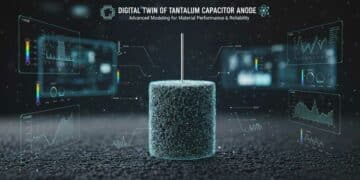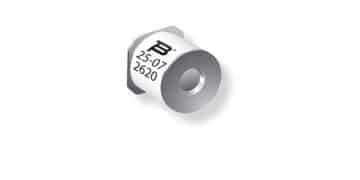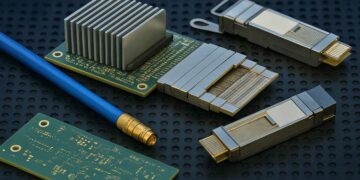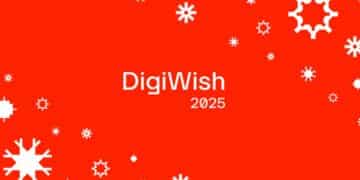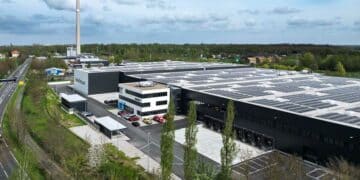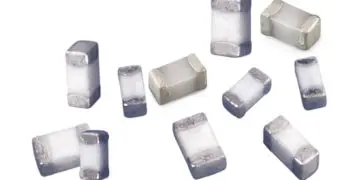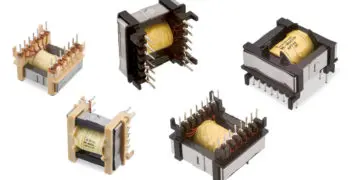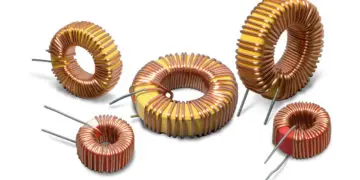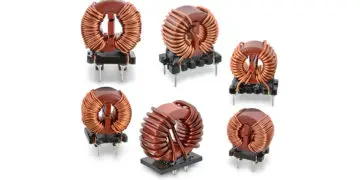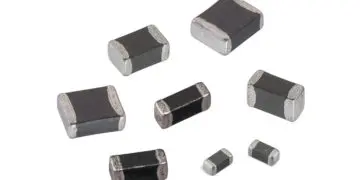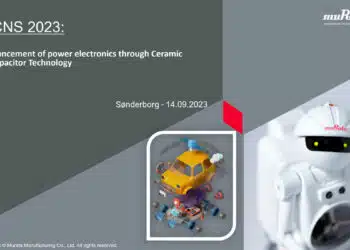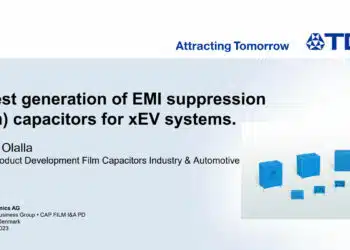source: SCHURTER AG, EPCI e-Symposium
Abstract:
The aim of this article is to outline the differences between the high reliable ESA ESCC qualified and the Commercial-Off-The-Shelf (COTS) fuse variants from SCHURTER AG for space and related applications.
In this century, companies from the private sector have been pursuing business for space applications and setting challenging goals when it comes to accessing the outer frontier. Visions of access to space for everyone, while accessing the global digital community with the installation of thousands of low-cost telecom satellites in low earth orbit, become more in reach every day.
This phenomenon is a paradigm change in aerospace and related businesses. One of the most critical aspects to support this plight is the need to significantly reduce the total costs of a spacecraft. The tendency to use more affordable COTS components instead of fully space qualified components is clearly recognized. In mission-critical or long term missions, failure or component defects are not an option. At this point it is important to understand the risk of using COTS components in such applications without doing careful part selection, qualification and screening tests.
Title: High Reliable Fuses versus COTS Fuses
Authors: Bruno Zemp, Toni Flury
Organisation(s): SCHURTER AG
Symposium: 1st PCNS Passive Components Networking Days, 12-15th Sep 2017, Brno, Czech Republic
Reference: article 1.4., PCNS2017 Proceedings Pg.35-41
ISBN: 978-80-905 768-8-9
e-Sessions Applications: Aerospace, Defence
e-Sessions Scope Components: Fuses
e-Sessions Topics: Quality & Reliability, Technology
more 1st PCNS symposium technical papers can be viewed and downloaded in pdf from EPCI Academy e-Proceedings:
